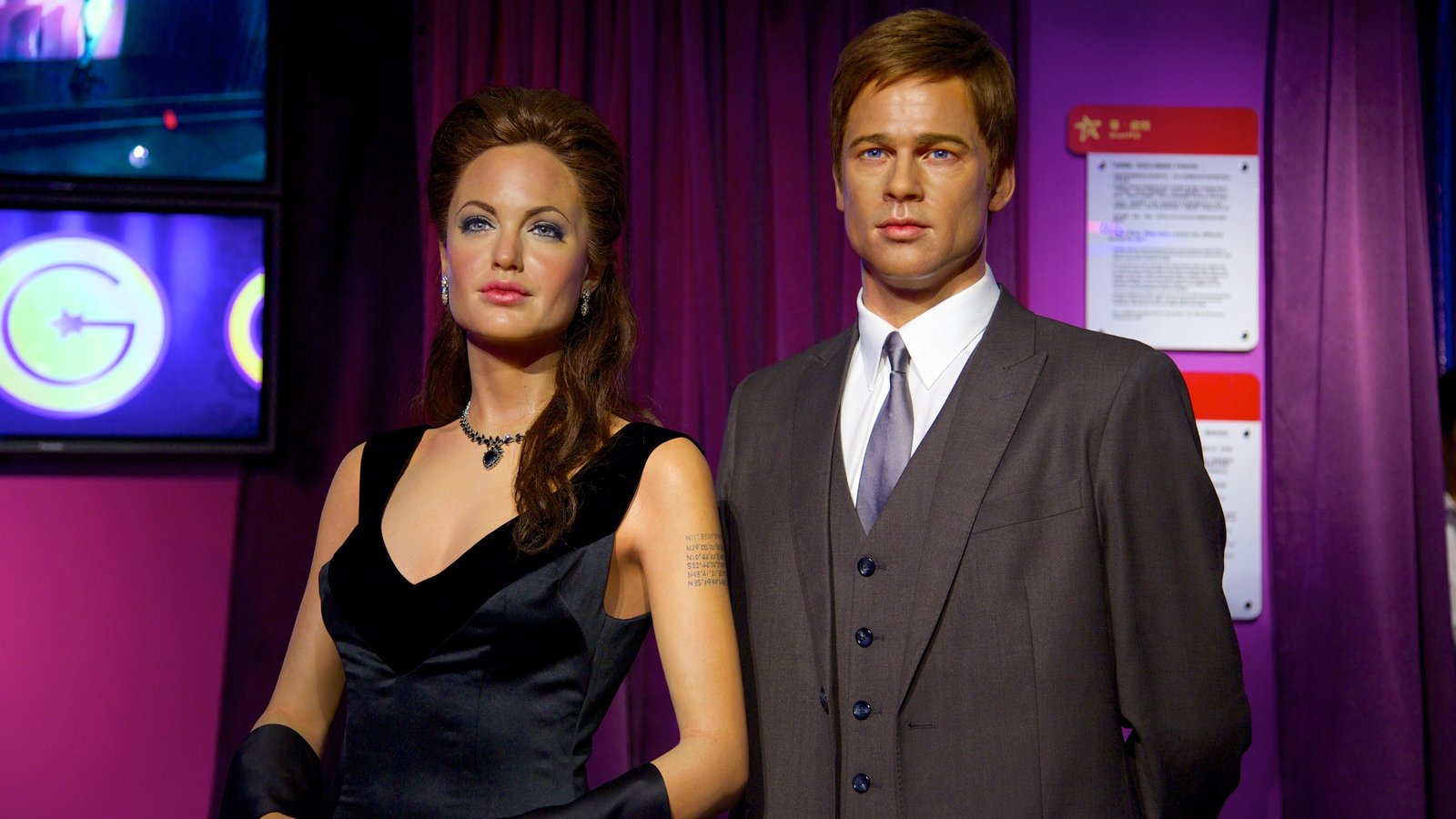1. Yu Garden


To the northeast of the old town and laid out in 1559, the splendid Yu Garden (Yù Yuán), also known as the Garden of Happiness, covers an area of more than 20,000 square meters and consists of an outer and an inner garden. The oldest section is theOuter Garden with further changes being made in the 18th century when Sansui Tang, the park's main hall, was added (the building is notable for its lovely roof ornaments, figurative representations in bas-reliefs, and window openings, as well as its dragon-adorned walls). The best-known building is the Hall of Spring where the Company of the Little Swords (Xiaodao Hui) had its headquarters between 1853 and 1855 when it ruled Shanghai. Of great historical importance are the artificial rocks in this part of the garden, the only work of the master garden designer Zhang Nanyang that has been preserved. The newer and much smaller Inner Garden dates from 1709 and includes features typical of a classical Chinese writer's garden: attractive little pavilions, decorative stones, and miniature mountain ranges, dividing walls and small ponds, and even a richly decorated theatrical stage.
Address: 218 Anren St, Huangpu, Shanghai Shi
2. Shanghai Museum
Founded in 1952, the Shanghai Museum remains China's most important museum of classical Chinese art. In a modern building that's something of a work of art itself - its unique round top and square base encompasses traditional Chinese concepts of the earth - the museum's four floors include impressive displays of bronzes and ceramics from prehistoric cultures to the 19th Century, ink drawings, calligraphy and seals, as well as large collections of art from ethnic minorities. It's also home to large collections of jade, coins and furnishings from the Ming and Qing periods (1368-1912). Also worth a visit is the excellent Shanghai Natural History Museum, one of the largest museums of natural sciences in China.
3. Nanjing Road
Nanjing Road (Nánjīng Lù), Shanghai's principal shopping street, was constructed in the second half of the 19th century and runs from the Zhongshan Lu for several miles towards the west. Along this largely pedestrian-friendly street, you'll find every conceivable type of consumer good from street vendors selling Chinese-themed souvenirs, to expensive boutiques selling traditional arts and crafts, as well as a number of large shopping malls and department stores such as the iconic Yibai and Jiubai. It's also a busy entertainment district, home to many restaurants and cinemas, as well as a hub for street performances (it's especially fun to visit during major holidays such as Chinese New Year when the street becomes a focal point for festivities and fireworks). Another dedicated shopping area to explore is Xintiandi, an affluent pedestrian zone that retains some of the ambience of the old city.







